- What Earth’s Magnetic Field Has to Do With Climate History - October 7, 2025
- The Science Behind Heat Domes and Their Growing Impact - October 7, 2025
- What Ancient Lake Beds Teach Us About Past Rainfall Patterns - October 6, 2025
Singapore: The Garden City’s Vertical Revolution
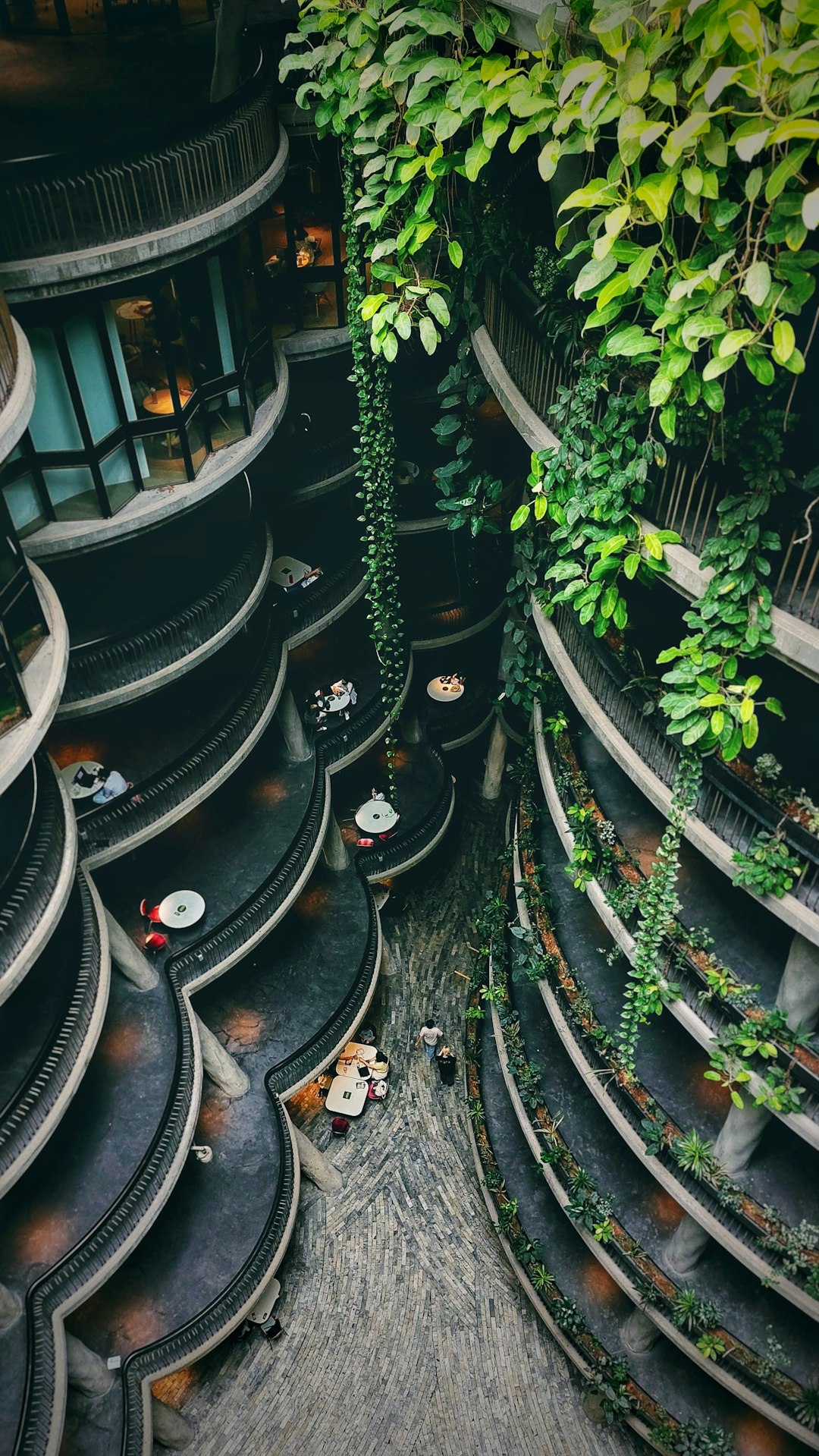
Singapore has transformed into a living laboratory for sustainable urban design, with projects like Marina One and Jewel Changi Airport becoming global case studies in sustainable urbanism according to the World Green Building Council. The city-state’s mandatory green building certification has pushed developers to integrate nature directly into their structures.
Marina One features a 34-story green heart that naturally cools the surrounding towers, reducing energy consumption by 30% compared to conventional buildings. The complex uses rainwater harvesting and greywater recycling systems that process over 100,000 liters daily. Jewel Changi’s famous indoor waterfall isn’t just Instagram-worthy – it’s part of an integrated cooling system that maintains comfortable temperatures using 40% less energy than traditional HVAC systems.
Amsterdam: Where Smart Buildings Actually Think
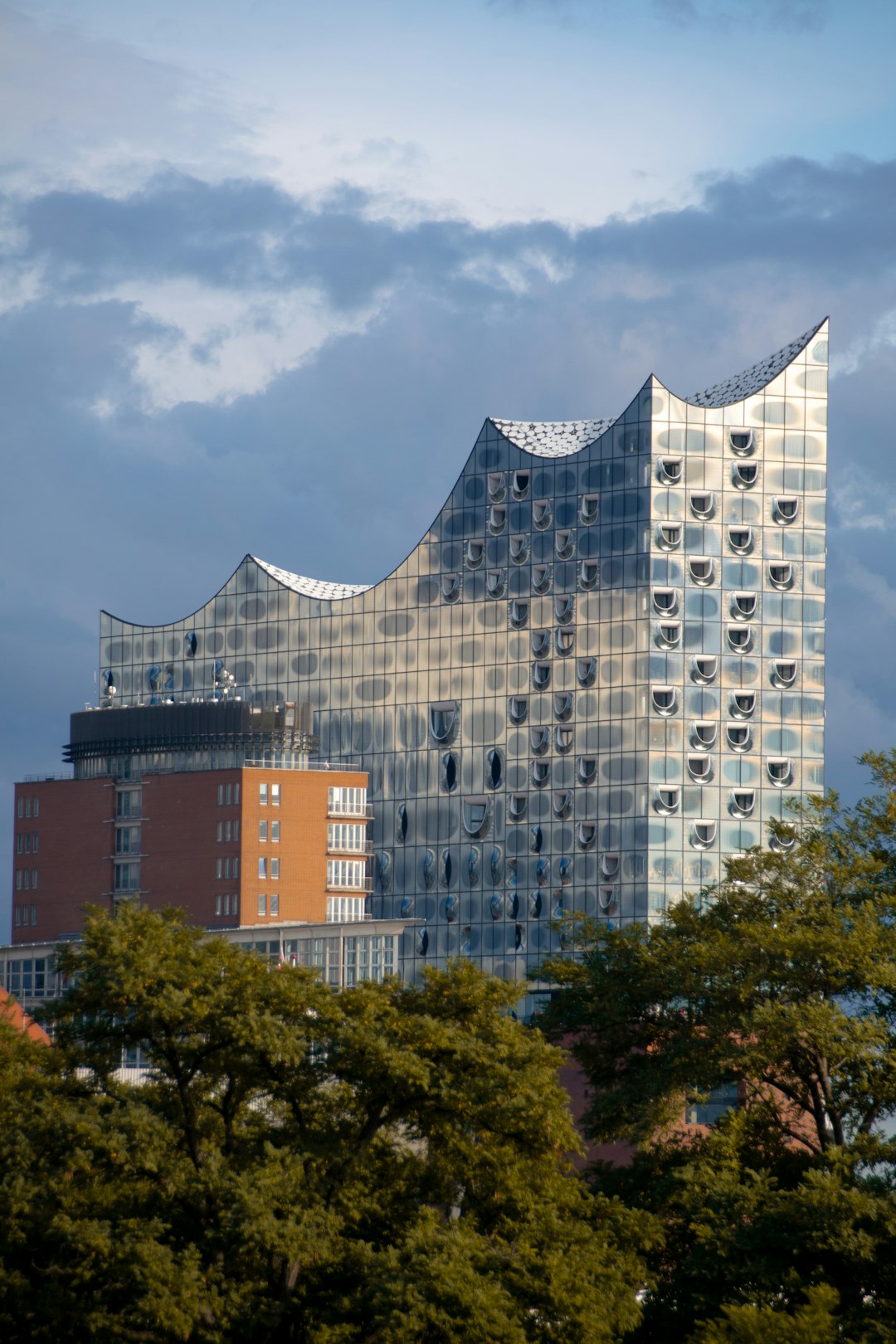
The Edge in Amsterdam continues to hold its crown as one of the world’s smartest and greenest office buildings, earning recognition from Bloomberg Green throughout 2024. This crystalline structure uses 70% less electricity than typical office buildings while maintaining superior comfort levels for its 2,800 daily occupants.
The building’s 28,000 sensors monitor everything from coffee machine usage to individual desk lighting preferences, creating a responsive environment that learns and adapts. Solar panels covering the entire south facade generate more electricity than the building consumes, making it energy-positive. The Edge’s mobile app even directs employees to the optimal parking spot and pre-sets their workspace temperature before they arrive.
Dubai: Desert Oases Rising Into the Sky
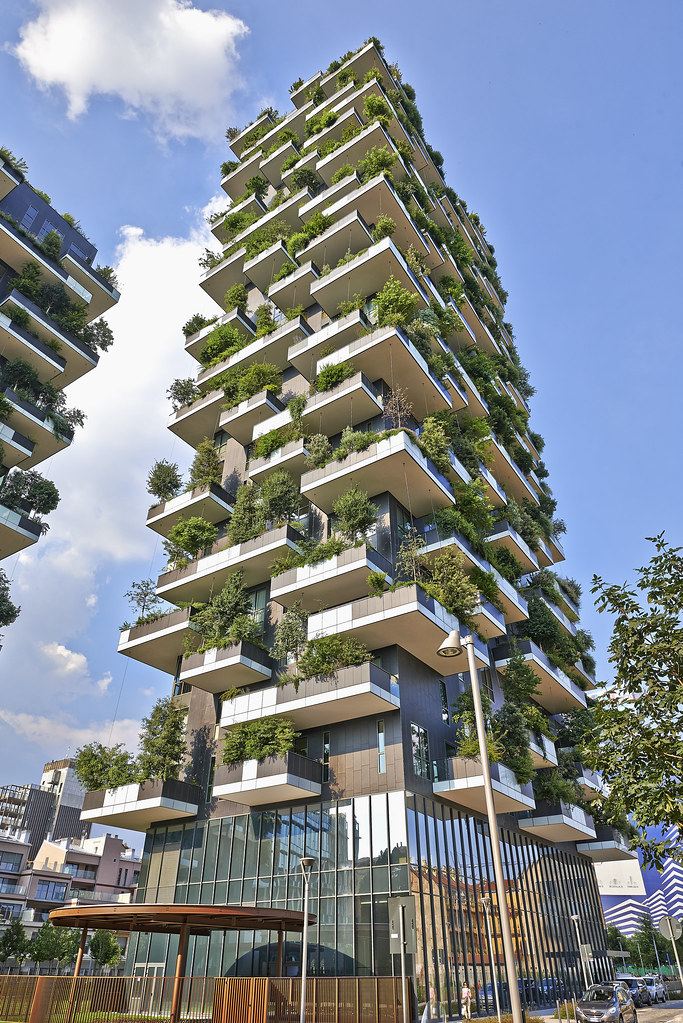
Dubai has emerged as an unexpected leader in vertical forest architecture, with developments showcased at the Middle East Green Tech Summit proving that green buildings can thrive even in harsh desert climates. The city’s latest skyscrapers integrate living walls and solar-powered irrigation systems that reduce building temperatures by up to 15 degrees Celsius.
One Central Park’s twin towers feature over 35,000 plants across their facades, creating natural air conditioning that cuts cooling costs by 25%. The buildings’ innovative heliostat system reflects sunlight to shaded areas, ensuring plant survival while generating renewable energy. Dubai’s Building Code now requires all new commercial structures over 20 stories to incorporate green facade elements.
Copenhagen: Cycling Toward Carbon Neutrality
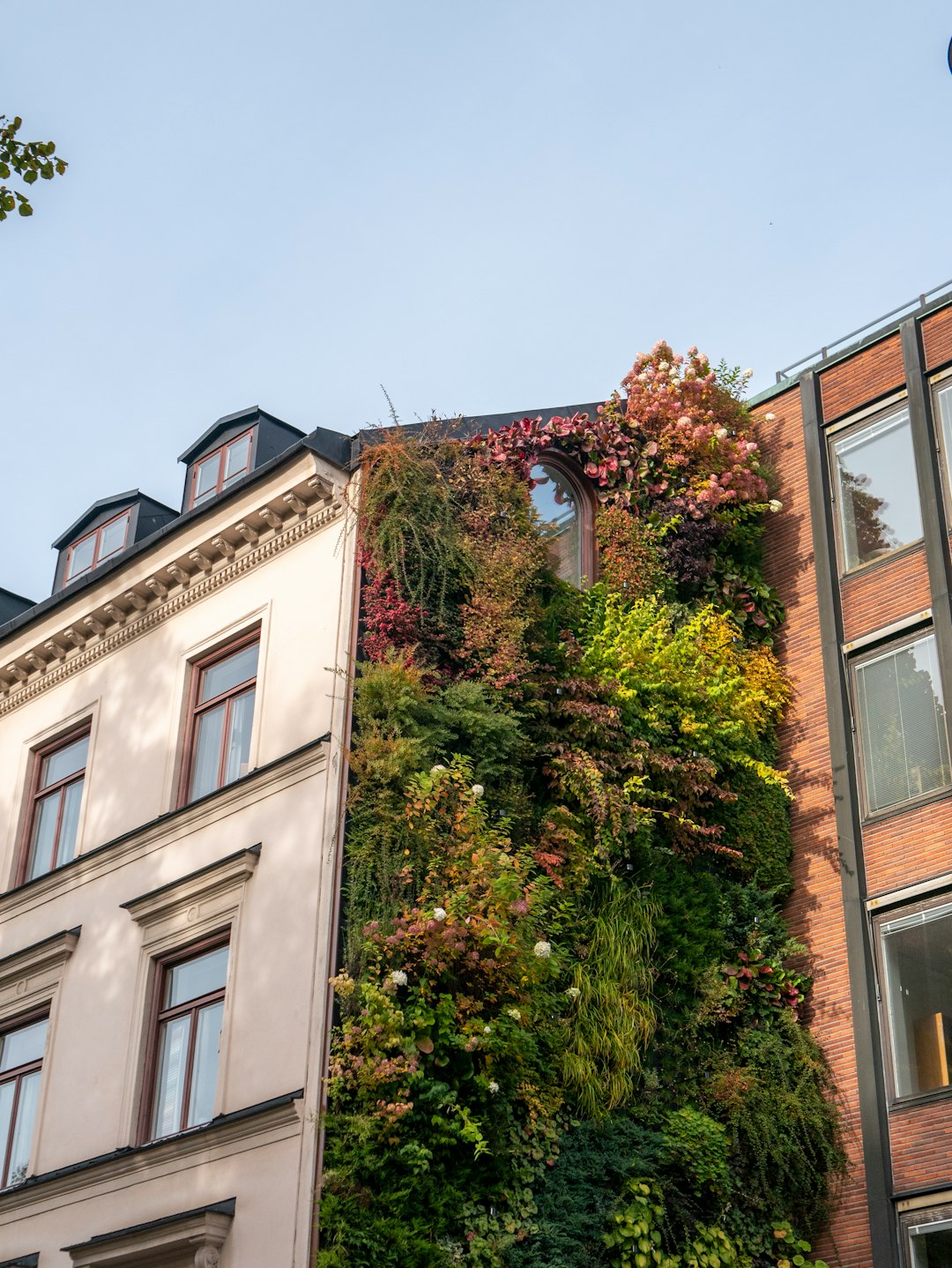
Copenhagen’s commitment to becoming carbon neutral has sparked revolutionary building designs that work with the city’s bike-friendly culture rather than against it. The city’s newest residential complexes feature integrated bike storage systems and green roofs that double as community gardens.
CopenHill, the city’s waste-to-energy plant topped with a ski slope, processes 440,000 tons of waste annually while generating clean electricity for 150,000 homes. The building’s facade acts as a giant air filter, removing pollutants while its interior houses climbing walls and hiking trails. Copenhagen’s district heating system now connects 98% of buildings to renewable energy sources, making individual heating systems nearly obsolete.
Vancouver: Rain-Powered Innovation
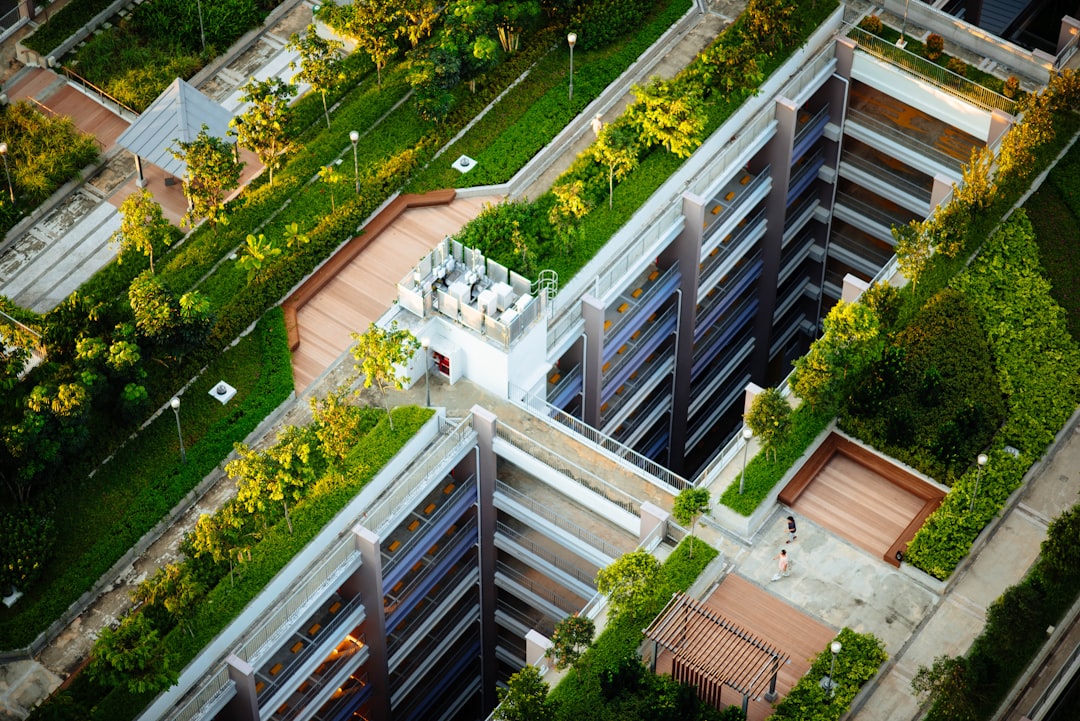
Vancouver has turned its notorious rainfall into a building asset, with new constructions featuring integrated rainwater management systems that reduce both flooding and energy consumption. The city’s Olympic Village showcases how buildings can work with natural water cycles rather than fighting them.
The neighborhood’s buildings capture and treat rainwater on-site, reducing municipal water demand by 40% while preventing stormwater overflow. Green roofs throughout the district absorb rainfall and provide insulation that cuts heating costs by 30% during Vancouver’s mild winters. The city’s new building code requires all residential developments to demonstrate water-positive design, meaning they must capture more water than they consume.
Melbourne: Southern Hemisphere Sustainability
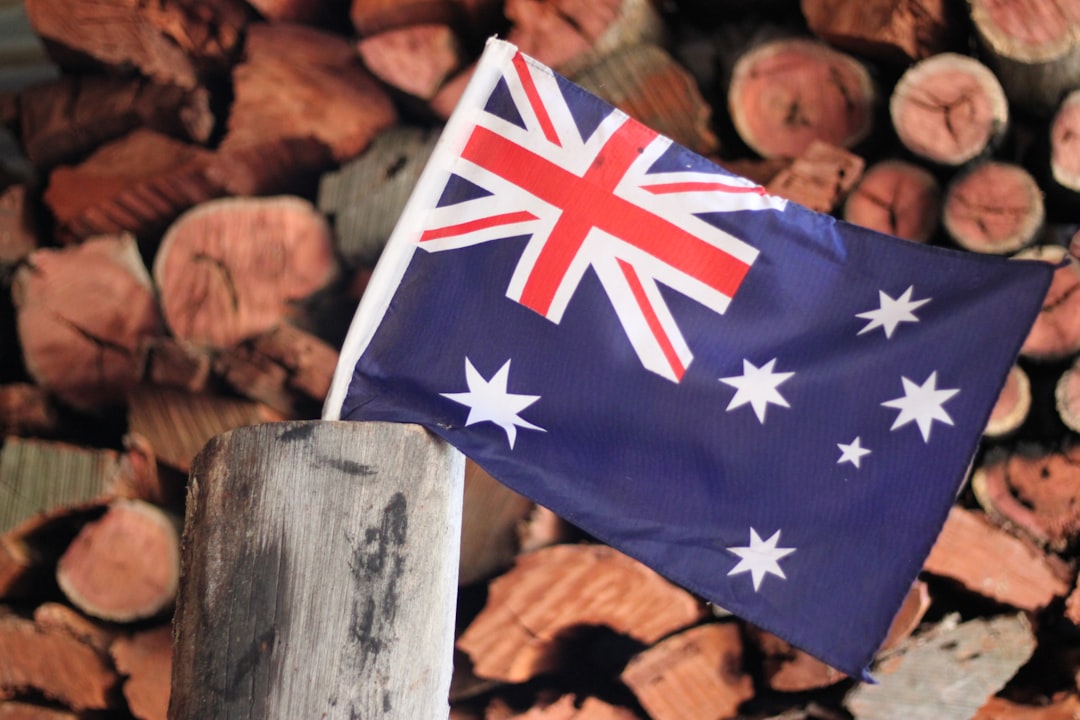
Melbourne’s Pixel Building stands as the Southern Hemisphere’s first carbon-neutral office building, proving that green architecture can thrive in Australia’s challenging climate conditions. The colorful facade isn’t just artistic – each panel serves a specific environmental function, from energy generation to water collection.
The building’s innovative vacuum waste system eliminates the need for water-based sewage, while its wind turbines and solar panels generate 105% of its energy needs. Pixel’s green roof produces enough food to supply its on-site cafe, creating a complete closed-loop system. Melbourne’s planning laws now incentivize similar developments through fast-track approvals and tax breaks.
Zurich: Precision Engineering Meets Green Design
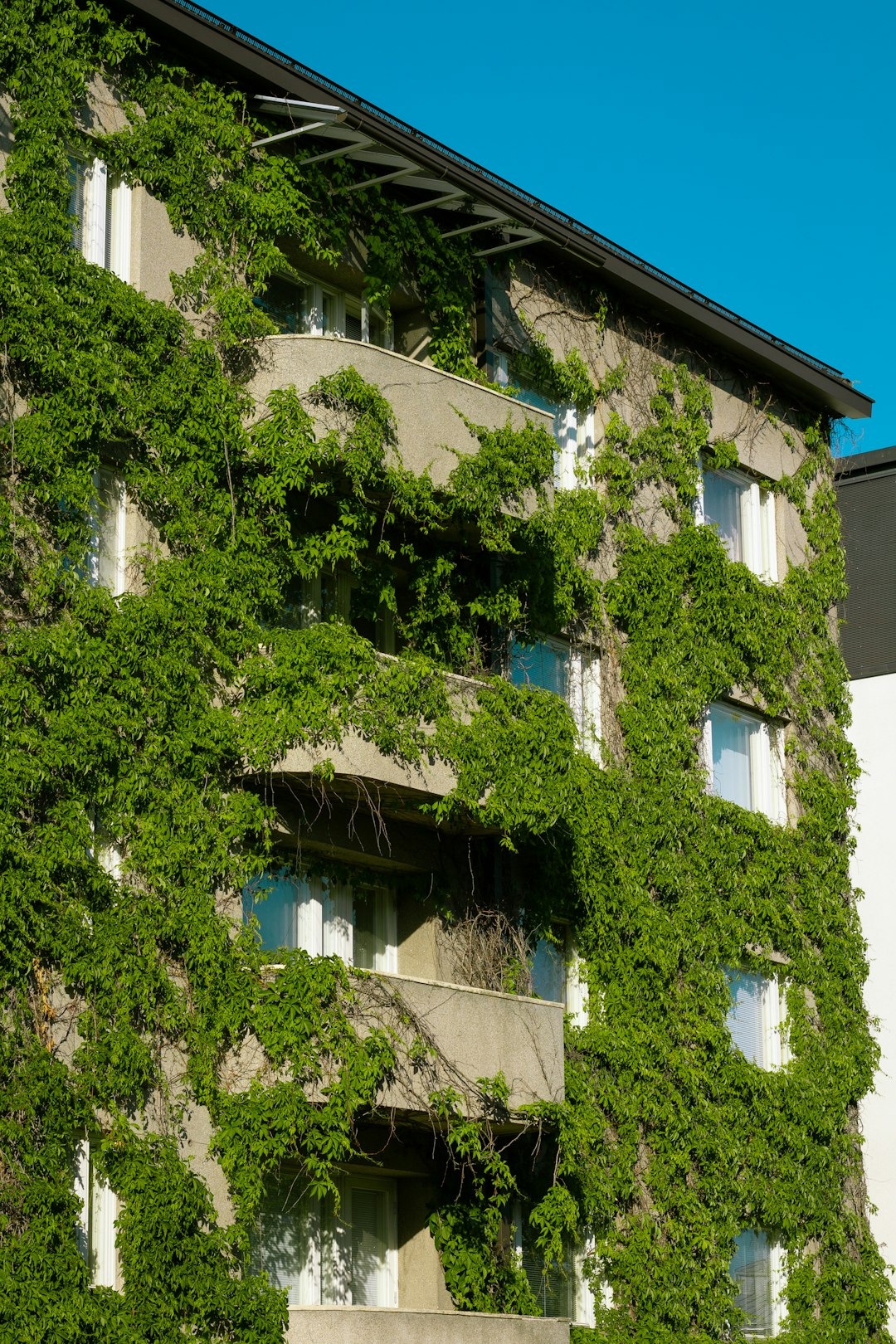
Zurich’s Minergie-P buildings represent Swiss precision applied to energy efficiency, with structures consuming 90% less energy than conventional buildings while maintaining superior indoor air quality. The city’s 2000-Watt Society initiative has driven innovation in passive house design that works year-round in alpine conditions.
These buildings use triple-glazed windows and heat recovery ventilation systems that capture warmth from outgoing air to heat incoming fresh air. Zurich’s building regulations now require all new constructions to meet near-zero energy standards, pushing architects to develop increasingly creative solutions. The city’s geothermal heating network taps into underground thermal energy, reducing reliance on fossil fuels by 60%.

